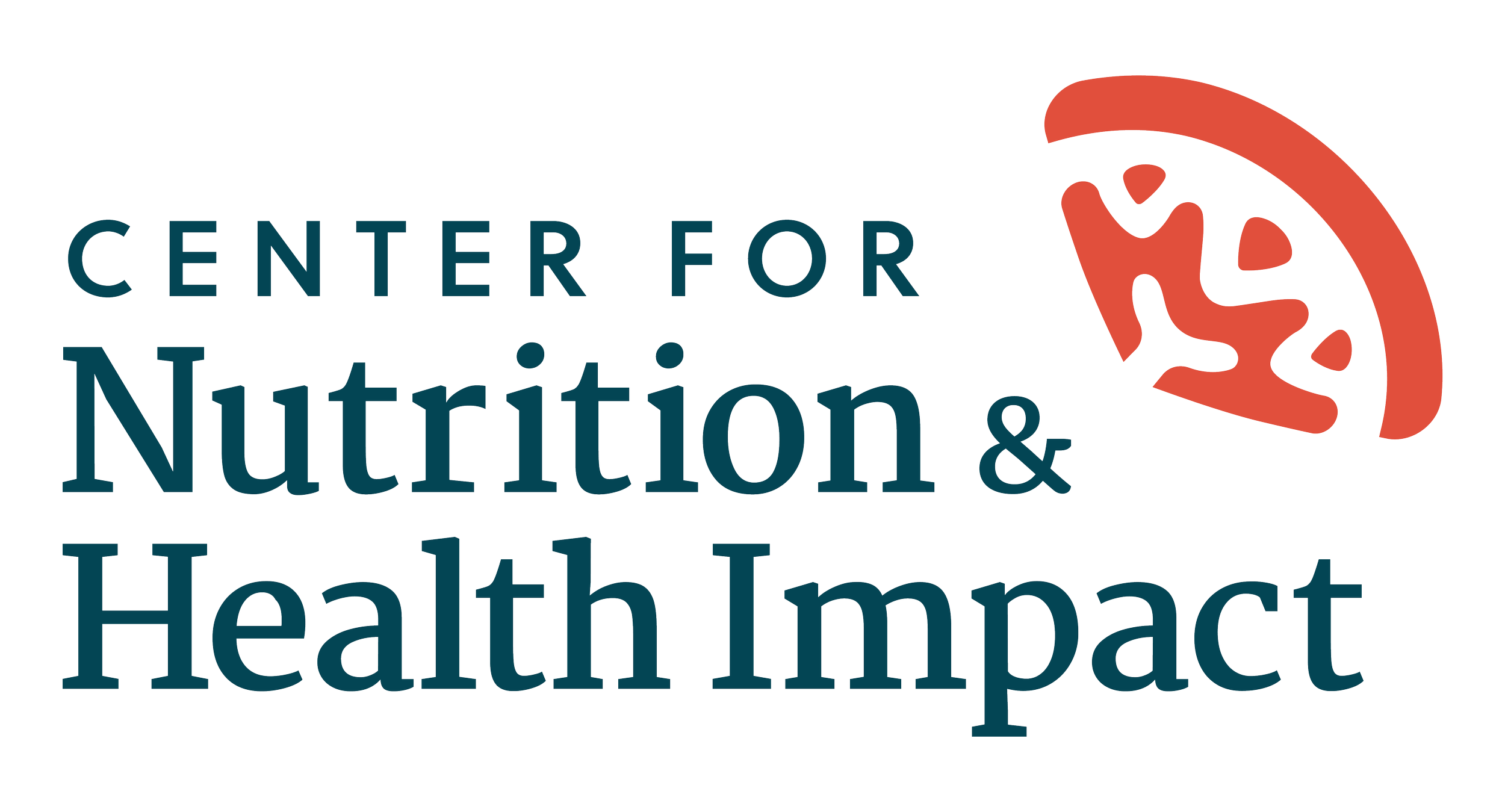---- OUR WORK ----
2019 Nebraska Flood Food and Water Response:
Researching and determining the immediate needs, challenges, and lessons learned following the 2019 March floods
Funder: CHN Nebraska Foundation
In the spring of 2019, communities across the state of Nebraska experienced an unprecedented weather event when rising river waters led to flooding and were followed by a bomb cyclone bringing snow and falling temperatures. The weather events led the state to declare an emergency in 81 counties and five tribal nations as cities and towns grappled with the aftereffects of flooding. National and local organizations, community leaders, and Nebraskans jumped into action to ensure those affected by flood waters received the clean water and food they needed. Even though flood waters receded quickly, needs continued to arise as community members grappled with the long-term damage. A loss of homes, jobs and savings resulted in many families being forced to cut their food budget in order to pay for recovery expenses. Damages reached $3.4 Billion and included damaged or destroyed homes and businesses, loss of roads, levees, infrastructure and crop and cattle losses.


